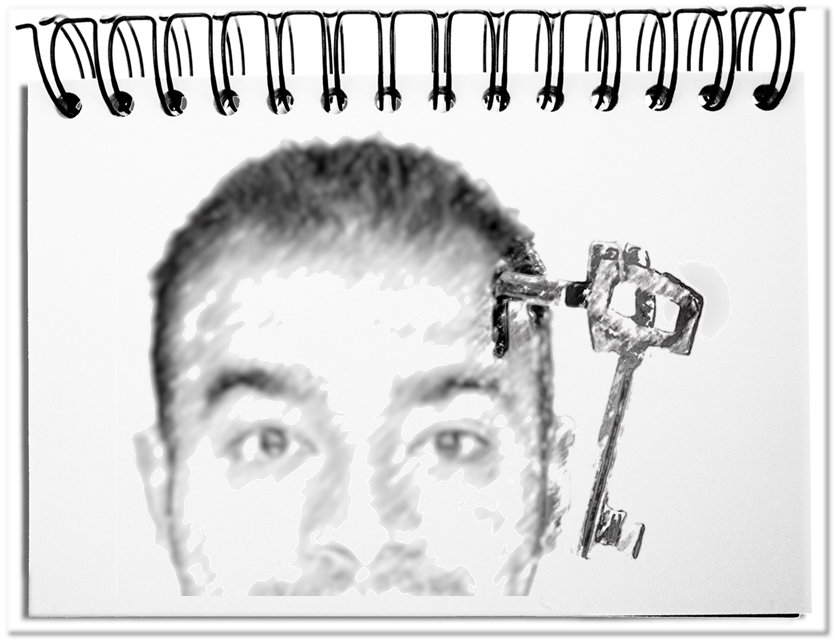The most important hurdles to exchange information are the attention of the target group and the sustained remembering of contents. Messages always stands in competition with the other flood of information. People memorize particularly well emotional contents, since these connect easily with existing experiences. A key into the deep of the consciousness is the metaphor.
The metaphor works like a Trojan horse that gets easily from outside to inside (see also: Meta model of the language). It links basic qualities and insights with the message that is conveyed. Through the surprising link, it activates the attention and keeps it longer in mind.
The following elements facilitate the finding and the formulation of a metaphor.
- Metaphor group
Describe your target group and use the found characteristics for the meaningful development of the metaphor, e.g. John Doe and his everyday experience. - Metaphor field
Find a common area of life that is familiar to all and releases emotions, e.g. technology. Then, the metaphor can consist of things, activities or roles, e.g. a closed door with a lock and a key. - Metaphor attributes
The actual characteristics of the metaphor are derived from context-related procedures, relations and logical levels, e.g. closed doors can be opened with a key.
The usage of the various channels of perception strengthens the effect. Your message is better memorized, when you use the language, the jargon, of your target group and show a not necessarily realistic picture of your message.
Bottom line: The metaphor is a key from the surface structure into the deep structure. The narrative elements in word and picture create the desired attention and improve the retentivity.


